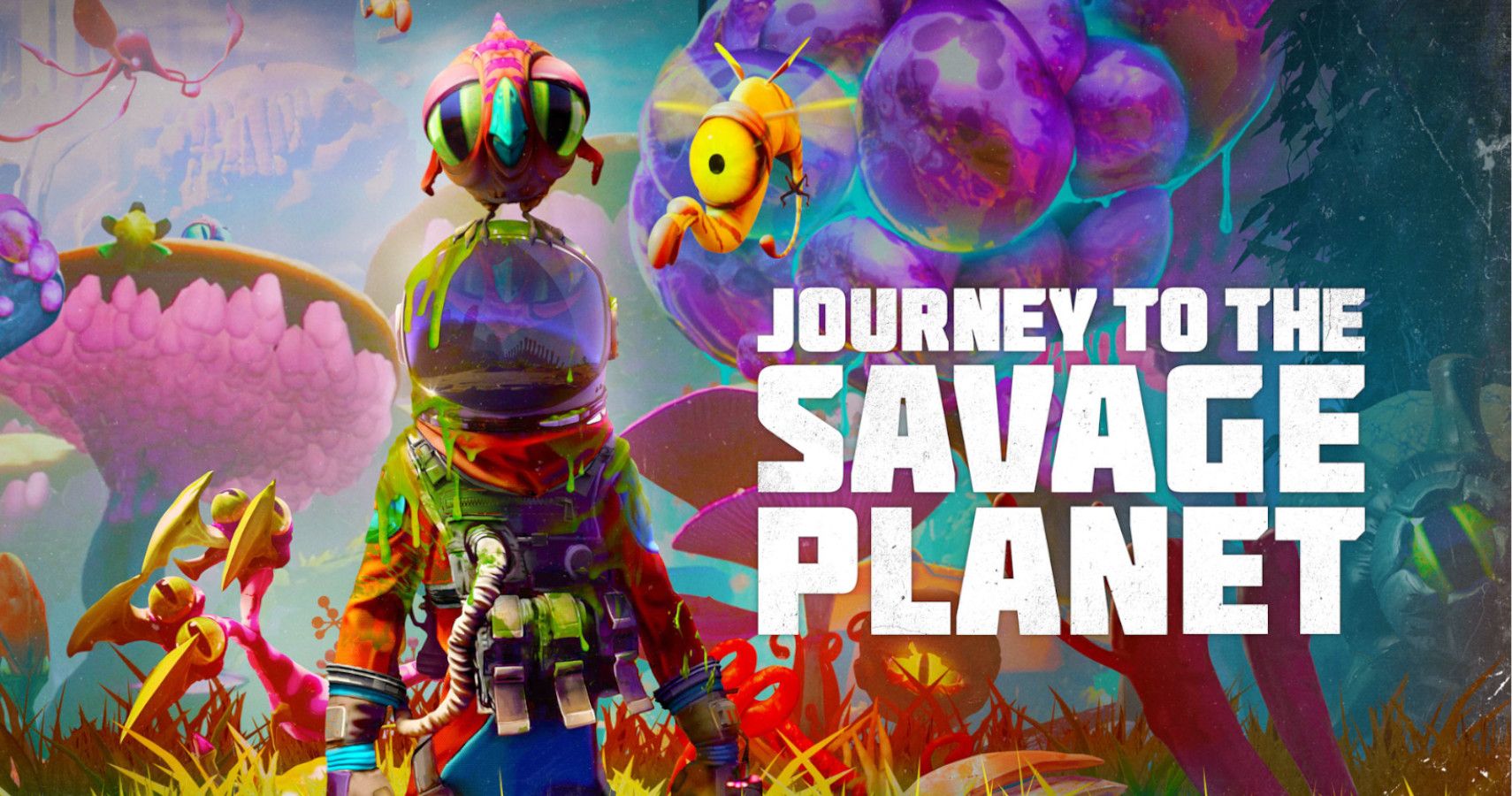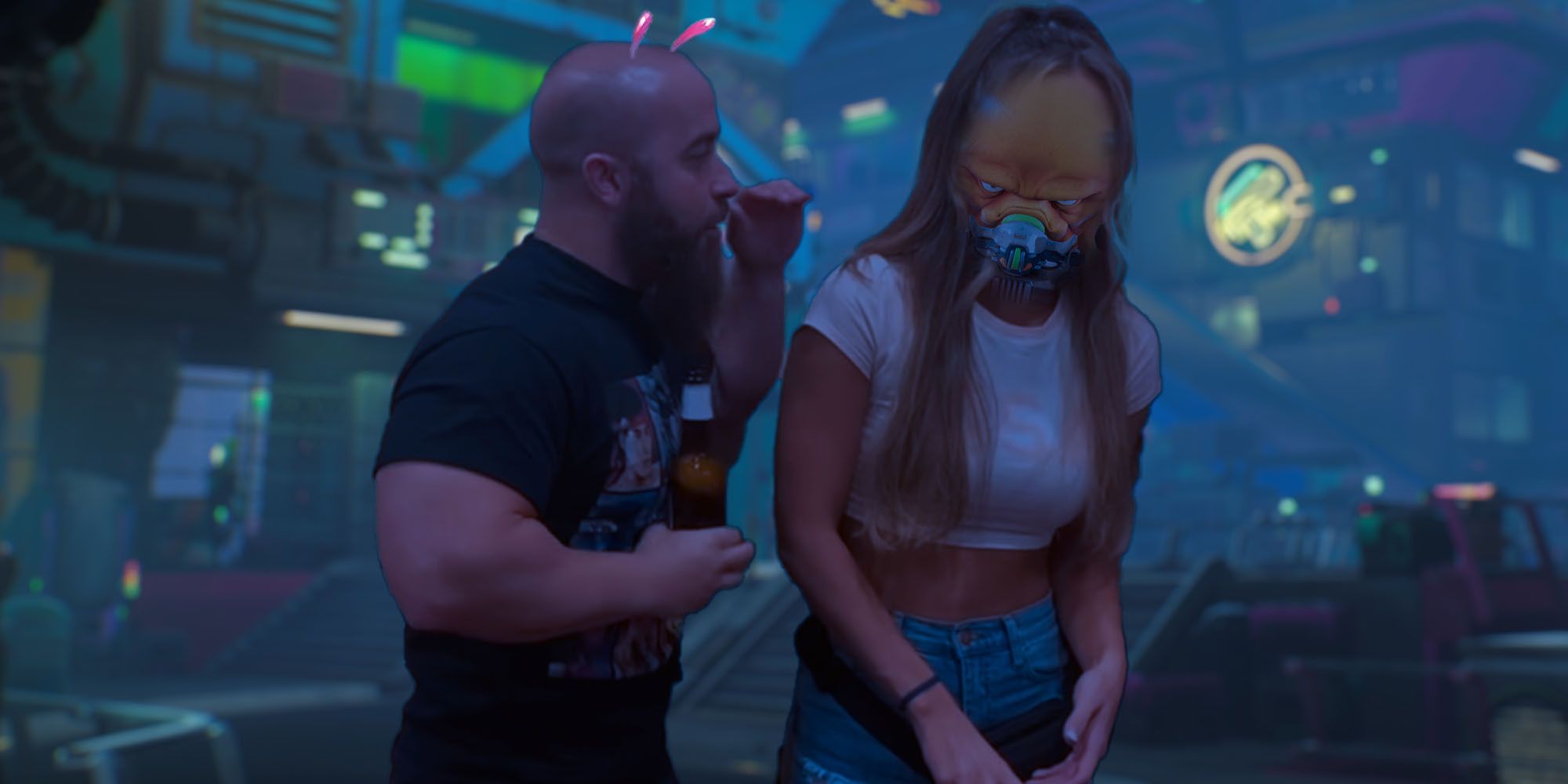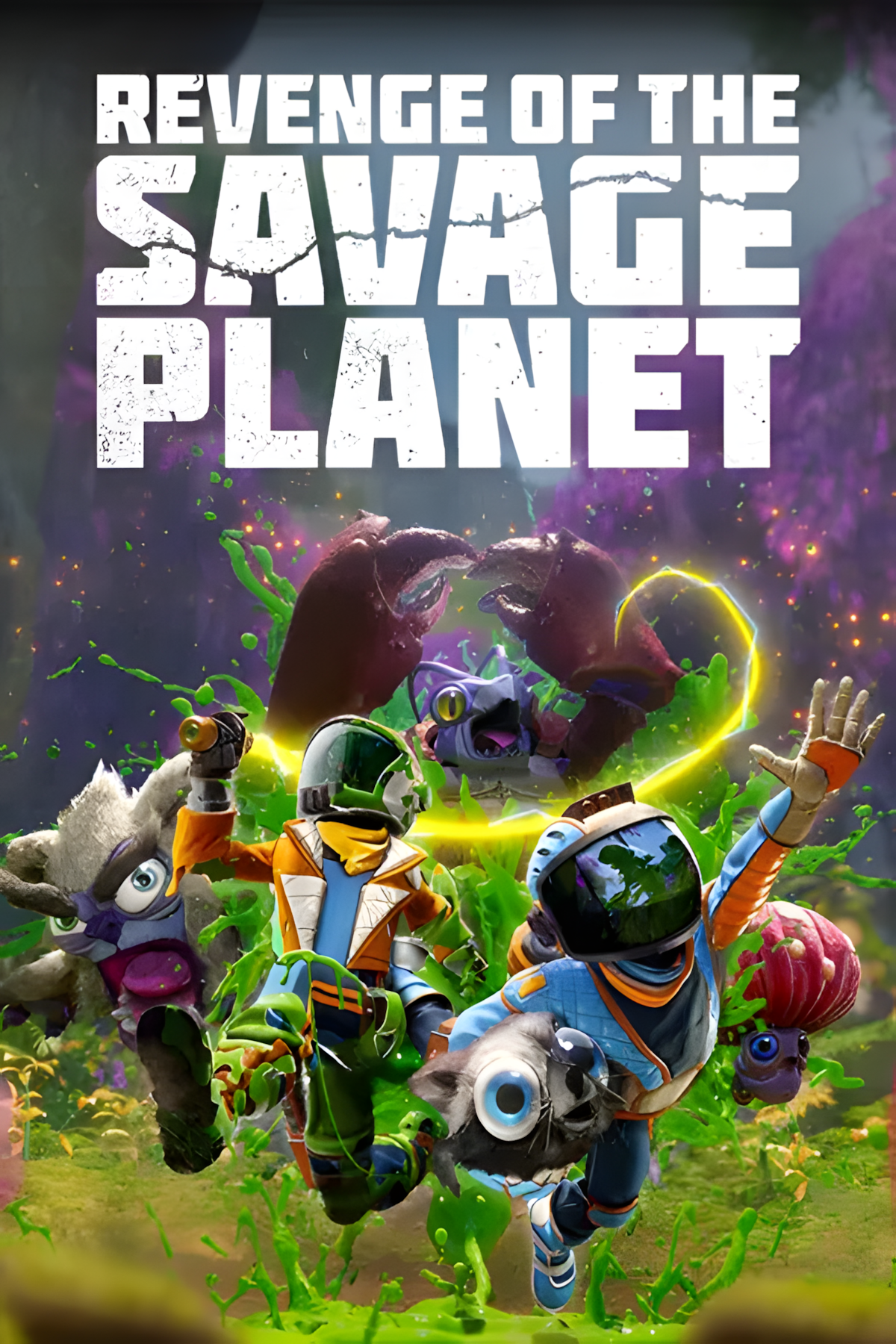Despite its protagonist’s perpetually jaunty stride, Revenge of the Savage Planet does not put its best foot forward. After crash landing on the swampy backwater Stellaris Prime, moving into an abandoned extraterrestrial trailer park called Nu Florida, and setting off to find all the gear that got lost in the wreck, I spent a solid five hours waiting for the game to click.
Given that it only took about 15 hours to roll credits, that’s not an insignificant amount of time. And those early hours highlighted all the things that were annoying me about Raccoon Logic’s sequel.
Though the same core group developed Revenge, the previous game was made under the name Typhoon Studios — it’s a long-ish story.
It’s annoying that you always respawn in your home base, regardless of which planet you died on, because everything is routed through Nu Florida, a decision that would be borderline ruinous if the game were much harder. It’s annoying that when you need to capture an enemy — oh yeah, there’s a half-baked Pokemon system — and end up accidentally killing it, the only recourse seems to be to teleport out of the area, then back again, to make it reappear. It’s annoying that you don’t automatically face in the direction of the nearest thing you want to attack, and will thrash your electric whip impotently in the air if you don’t position the cursor precisely on target.
These small irritations compounded as I continued to play, each turning the heat up further as my irritation bubbled away in the background. I was ready to write it off as a complete misfire, and load up my old Journey to the Savage Planet save. But everything changed when I let the game give me its goo.

Related
Journey To The Savage Planet Review: Short, Sweet, & Slimey
Journey To The Savage is a short-but-sweet title you absolutely don’t want to miss.
Let The Game Give You Its Goo
But to understand the importance of goo, we need to take a journey back to the original savage planet.
Revenge’s predecessor was the rare game to take inspiration from Metroid Prime. Not in its mood — the Saturday-morning-cartoon-but-created-by-Rick-and-Morty-writers vibes of the original and Revenge are as tonally different from Samus’ Alien-esque adventures as, well, Alien and Rick and Morty. But in its gameplay, it was Metroid Prime to the core, offering up a planet that was full of locks and keys, roadblocks and tools to clear them.
The only problem was that its combat was deeply mid. Your gun had all the weight of a peashooter, and it never really improved. Seeing your character slap a cute, round alien creature in first-person never got old, but there wasn’t much depth to support the slapstick. Revenge changes that, building out an arsenal of tools and — you guessed it — goos.
Each goo, which can be extracted from color-coded plants on one of the game’s four major planets, has a different function. Gray goo is metallic and can conduct electricity, red goo sets things on fire, green goo is slippery, and blue goo is, well, it’s just water. Until this moment, fights in the game were mostly a repetitive process. You’d shoot your unsatisfying gun, double jump to avoid enemies, rinse and repeat.

Related
High On Life Needs To Be Okay With Me Not Finding It Funny
High on Life locks you in place while conversations that I think are supposed to have jokes in them swirl around you, and there is no escape
But, the goos open up a ton of new ways to interact with the game. The gray goo can be used to solve interesting puzzles, as it basically functions as a spray-on circuit you can use to connect something that needs power to a voltage source. Or, you can just paint the ground with it and electrocute every enemy it touches. An enemy might be weak to fire, so you use the red goo to burn them. This can be used in concert with the green goo which, in addition to turning the world into a Slip ‘N Slide, is flammable. At its best, the game is a big, sticky mess, with levels resembling the aftermath of a food fight you’d see in a kids’ movie.
There are other tools that complement your vehicles for viscous violence, like a seed pod you can throw to erode hardened sap and a magnetic fork you can use to manipulate ore in the environment. You have a grappling hook you can use to zip around and grind on energy rails, and that’s the key to my heart. There’s a lot to play with here, and when you get it all working together, it feels pretty good.
That said, the pace at which the game doles out these tools can be a problem. You’ll get to a certain point in a quest where you need a tool, and your friendly robot sidekick will inform you that, in order to progress, you actually need to return to your base camp and build the upgrade because, as noted, everything important is routed through Nu Florida. It gives the game an abortive, start-and-stop rhythm that doesn’t even out until you’ve assembled your core arsenal — and as we’ve established, that takes a while.
The Art Of Expansion
Though the expanded equipment is an unambiguous highlight, other choices are only arguably improvements. The shift from first-person to third-person is one of those choices that I’m kinda ambivalent about. It makes the game feel more like the 3D platformer collectathon that Journey was channeling at times, but it loses most of the connective tissue tying it to the Metroid Prime school of design in the process.

Related
Ten Years On, Batman: Arkham City Is Still The Most Important Superhero Game Ever
As Arkham City turns ten, its legacy in the superhero game genre lives on
That shift is part of what makes Revenge feel like the rare Batman: Arkham Asylum to Arkham City sequel evolution. Obviously, follow-ups usually aim to be bigger and better than their predecessors. But it’s less common for them to grow in a way that fundamentally alters their basic genre. Journey was limited to one planet. You explored the titular dangerous world, unlocked new items, and used those items to access new parts of the planet. This loop made it feel remarkably different from other games on the market.
Obviously, the indie space has plenty of Metroidvanias, but a first-person game with high production values working in that tradition is rare. Revenge feels more like everything else. By expanding the play space across four primary planets, it necessarily abandons the lock-and-key structure of the original. There’s more freedom, but I found joy within the original’s constraints.
The humor has me similarly mixed. It can be really broad — Martin Tweed, the returning CEO of the previous game’s disgraced space exploration company, has become Nutty Professor fat in the time since the last game, and Revenge doesn’t seem to have much of an angle on him, other than that he’s huge, slimy, and eats too much disgusting-looking food.
Video game humor is difficult to get right, because good comedy tends to be a practice of honing a lot of material down to a little. Comedy movies tend to be under two hours, sitcoms tend to cap out at 30 minutes, and stand-up comedians hone their craft in five-to-ten minute increments. Comedy games, on the other hand, have a lot of space to fill, which is why Borderlands has 100 god awful jokes for every good one you remember. Revenge of the Savage Planet is funnier than that, and its live-action segments have a pleasantly bizarre (read: gross) tone, channeling Tim & Eric and I Think You Should Leave far more than Butt Stallion. But, when your sassy drone companion feels the need to quip to you about everything that happens in the field, well, that’s more par for the video game comedy course.
This all leaves me feeling mixed. On a basic level, Revenge of the Savage Planet is pretty fun. Despite shotgunning most of it in two days, I was happy to play more. Moving from a double jump to a grapple to a rail grind to a stomp is simple fun.
But it feels like some identity has been lost in the game’s expansion. In broadening out to encompass four planets and change, Revenge loses touch with the series’ foundations. It’s a more curated open-world experience than, say, Assassin’s Creed Shadows, but it isn’t nearly as different from that kind of mainstream triple-A open-world game as its roots would lead you to expect. Revenge of the Savage Planet seems to have confidently marched in this direction, but I’m not sure it was the right one.

Revenge of the Savage Planet
Reviewed on PS5.
- Released
-
May 8, 2025
- Developer(s)
-
Raccoon Logic
- Publisher(s)
-
Raccoon Logic
- PC Release Date
-
May 8, 2025
- Xbox Series X|S Release Date
-
May 8, 2025
- PS5 Release Date
-
May 8, 2025
- Goo is good.
- The rest of the arsenal is solid, too.
- Humor hits?
- …and misses.
- Awkward pacing due to the game’s reliance on its home base.
- The Savage Planet lock-and-key structure doesn’t work in a full galaxy.



